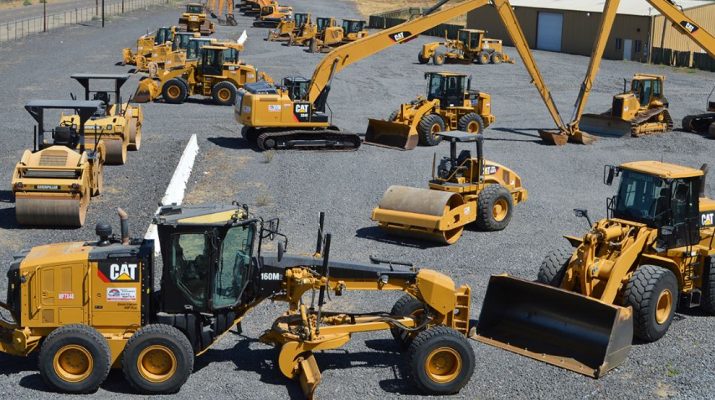Deploying heavy machinery like skid loaders to any construction site can boost operating efficiency and cut down costs but in doing so you become responsible for the safety of your operators and workers. It’s great if you follow safety procedures like the ones outlined by OSHA but it may not be enough.
Construction sites can be stressful and chaotic which means workers and operators handling heavy equipment like tractors or skid loaders can miss something during regular inspections, putting their own and others’ lives at risk. But you do not need fancy software or innovations to overcome this problem. In fact, all you need is a simple pen-paper checklist in every operator’s hands – but here is the ultimate safety inspection checklist for heavy equipment.
Look for pooled liquids on the ground
Before getting into the cabin, the operator should check the ground underneath the vehicle for any pools of leaking hydraulic fluids or oil. While they’re down there, look out for build-up of grease or grime which can hinder the machine’s performance.
It’s also a good idea to regularly check fluid/oil levels to make sure everything is at the level recommended by the manufacturer (find the information in the user manual).
Check the undercarriage
The undercarriage is prone to contamination and rusting especially if the skid loader (or other heavy machinery) was deployed on abrasive surfaces like mud with farmer manure or salty water. The contaminants can build up in the undercarriage and wreak havoc. One step to avoid this is to wash the heavy machinery with high-pressure water jets after the end of every workday.
Other things to check include hydraulic pipes, electronic connections, coupler, and the engine compartment to see if they are clean and no debris like small sharp rocks are there.
Check the tracks/tires
A lot of problems can pop up with tracks and tires on heavy machinery if regular maintenance is not done. But even if you look after the tracks/tires regularly, the operator should include the tracks/tires on his daily inspection.
Ensure the tracks have the proper tension (not too tight and not too loose) and the tires properly inflated. Again, check the original manufacturers manual for the correct figures. Look out for cuts, punctures, flat spotting steel imbeds (if on tracks), and excess wear and also don’t forget to remove any debris stuck in the crevices.
Check the engine compartment
Open up the hood to take a look at the radiator, belts, fans, motors, valves, pumps, and filters. It’s also recommended that you clean your valves, pumps, and filters daily and replace them when necessary. Belts, motors, and fans don’t need cleaning or replacing nearly as often but we still recommend checking them along with the other parts, especially for debris.
Check the cabin
If different workers operate the machine then check to see if there is anything you don’t want inside, readjust the seat, mirrors, and any controls/settings that were changed for a previous job.
Take a minute or two to make sure all the electrical systems and gauges are working properly. Don’t forget to test the hazard lights, sirens, and horns as well.
Before leaving the vehicle, make sure you’ve relieved pressure from all hydraulic controls, put on the parking brake, and turned off all electronics. Only leave the cabin once all moving parts have come to a stop and use the 3-point contact rule while doing so.
Park it in a level/clean place
At the end of the day, the equipment should be washed down with a power washer to get rid of any contaminants. Since it will likely be dark outside, you may not be able to inspect the equipment properly which is why we recommend parking the equipment on a level/clean ground. Parking it in a level and clean place makes inspecting the vehicle easier the next day.
Wrapping up
It goes without saying, workers should survey the construction site to ensure no dangerous objects are in the way of the heavy machinery including underground pipes or overhead wires.
The entire checklist might seem a bit tedious at first glance but it will not take more than 10 minutes of your operator’s time, which in our opinion is worth the safety of your employees. Make sure each operator is aware of and has a copy of your heavy equipment safety inspection checklist – in fact, make it part of their job to tick all of these safety boxes.


